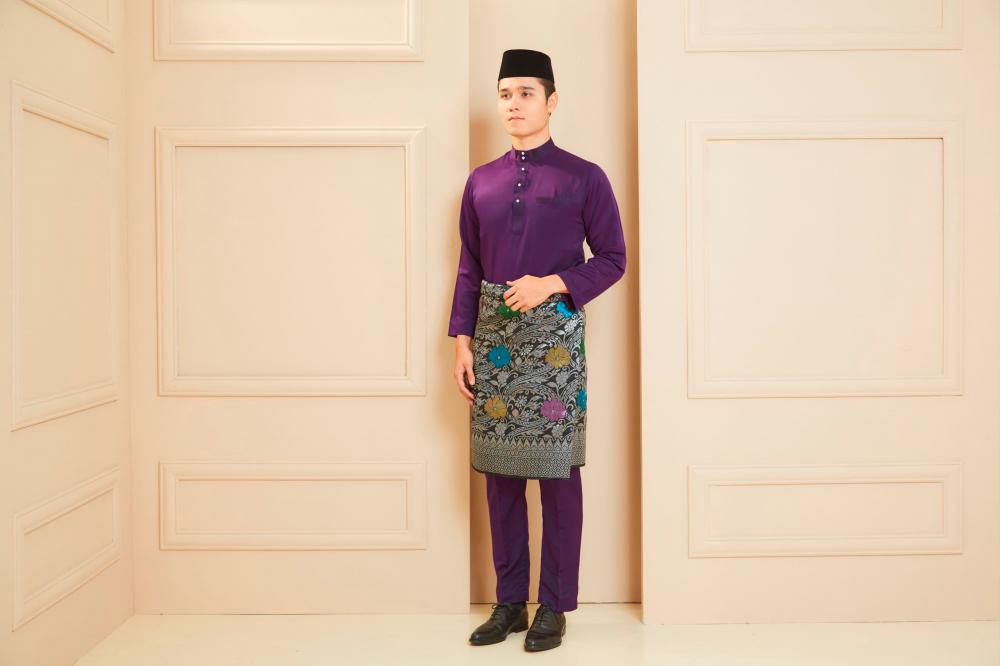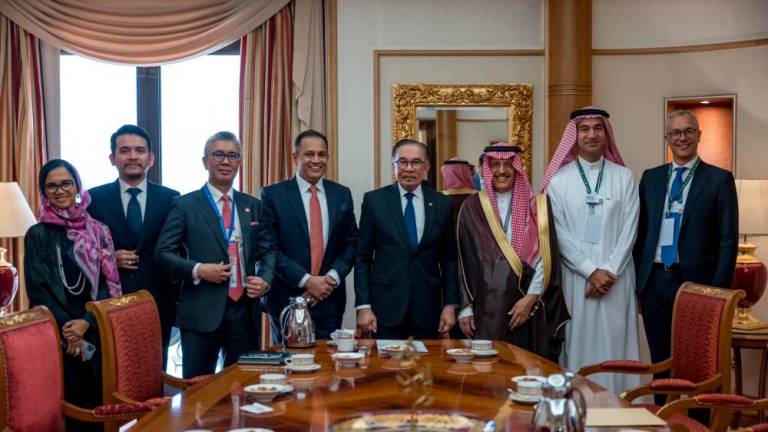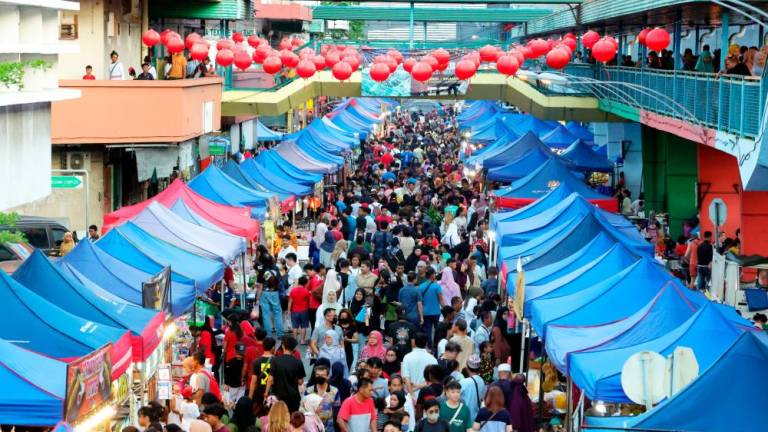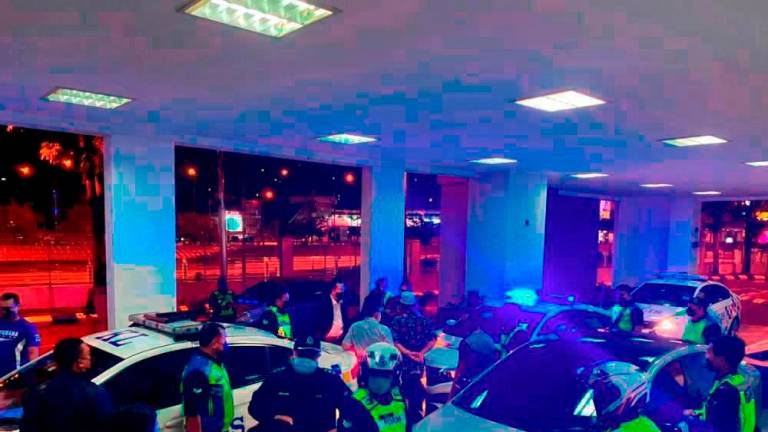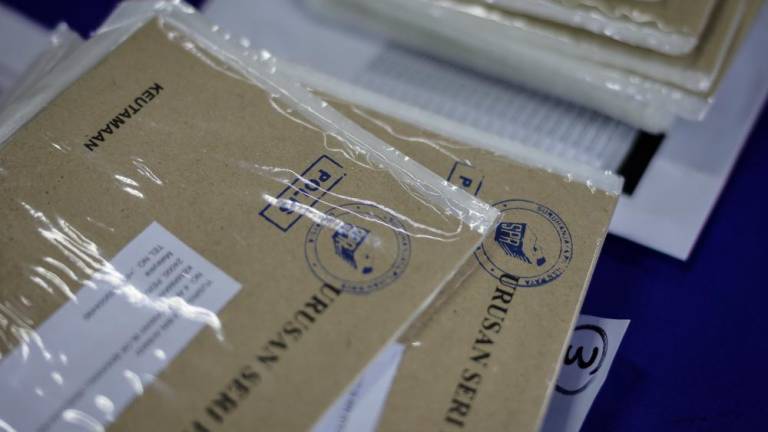EID AL-FITR is a joyous occasion celebrated by Muslims worldwide, marking the end of Ramadan, a month of fasting, reflection and spiritual growth. It is a time for family gatherings, feasting and expressing gratitude. One of the highlights of this festive season is, of course, donning traditional attire, which for many Malaysian men means adorning the elegant and timeless classic baju Melayu.
The Baju Melayu holds a special place in Malaysian culture, embodying tradition, heritage and a sense of identity. Its origins can be traced back to the Malay historical era, where it was worn by nobility and commoners alike. Over time, it has evolved into a symbol of Malay cultural pride and is often worn during significant cultural and religious events, including Eid al-Fitr.
Despite the surge in modern Raya clothing trends, there are still those who deeply appreciate traditional styles, valuing their timeless charm and cultural significance. Here theSun highlights the various styles of traditional Baju Melayu that the men folk can don this festive season.
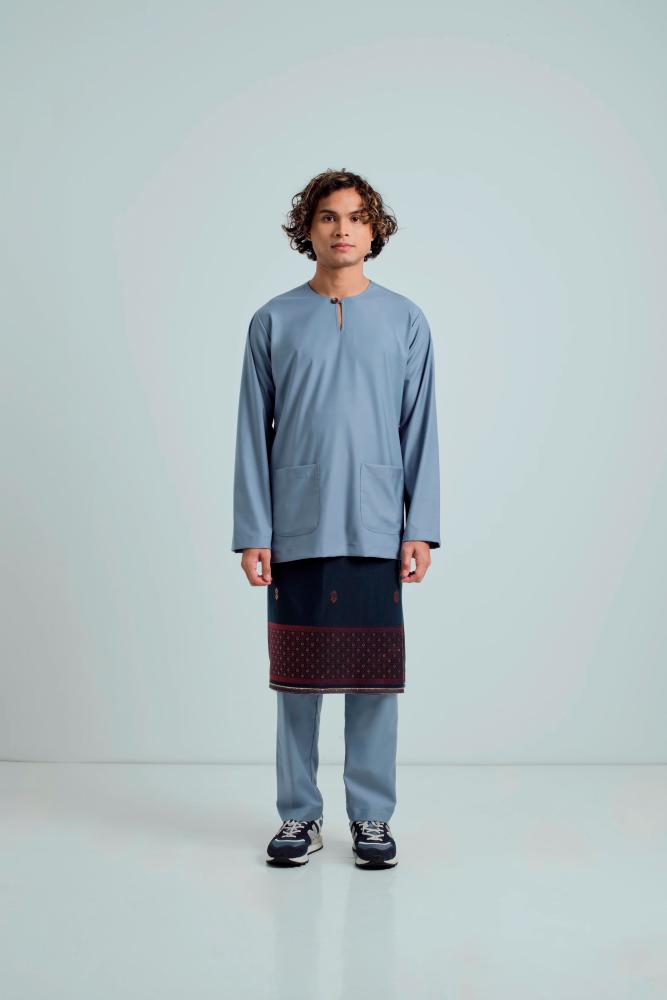
Baju Melayu Teluk Belanga
The Baju Melayu Teluk Belanga, also known as Baju Melayu Johor, has its roots in Teluk Belanga, a place in Singapore, and is closely associated with the Johor Sultanate back in the old days.
Suitable for both men and women, the Baju Melayu Teluk Belanga features a hip-length hemline for men and a knee-length hemline for women. While men’s shirts typically include three pockets (one at the top and two at the bottom), women’s shirts do not. However, the most distinctive feature of this attire lies in its neckline.
The Teluk Belanga shirt has an open, collarless neckline with a single button closure, often embellished with embroidered stitches. Additionally, men complement this outfit with a samping, a sarong worn from the waist to the knees, using the berdagang dalam style, where the sarong is tied underneath the shirt.
This attire exudes a casual charm and versatility, suitable for occasions beyond the Raya celebration, serving as a stylish alternative to a long-sleeved T-shirt.
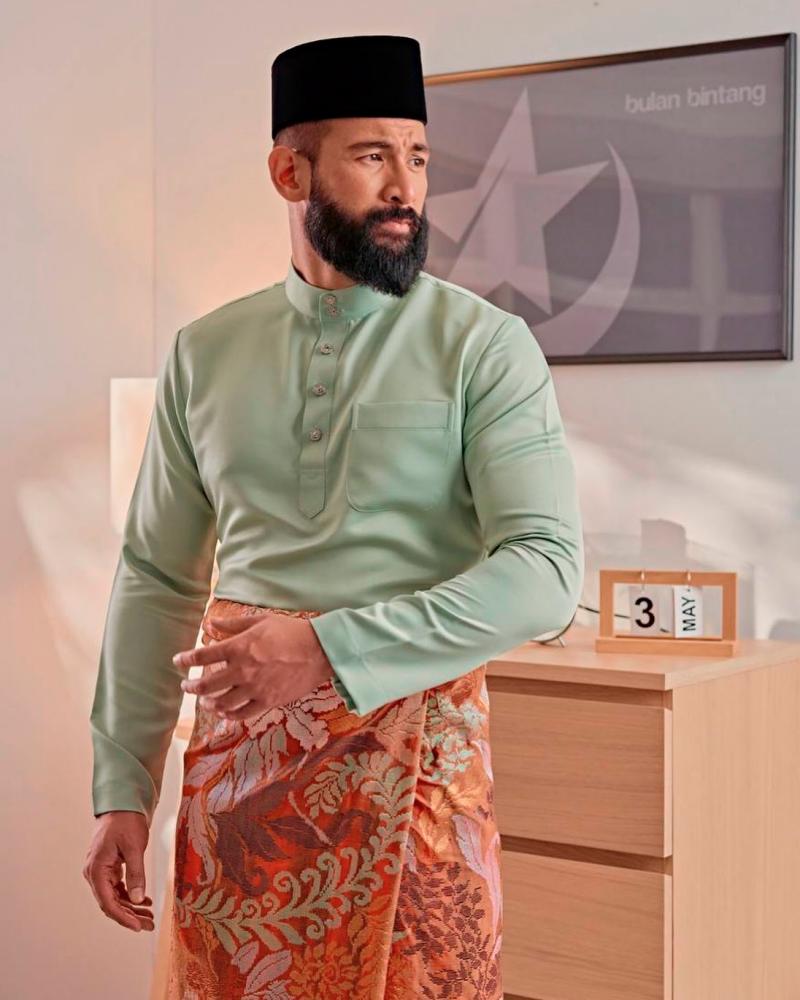
Baju Melayu Cekak Musang
While Baju Melayu Cekak Musang also traces its roots back to Johor, it has gained immense popularity in the northern and central regions of Malaysia. In fact, it stands out as one of the most commonly worn variations of Baju Melayu, cherished for its long standing heritage dating back centuries up until today.
The name itself reflects its defining feature – a distinctive standing collar adorned with multiple buttons. Traditionally, the number of buttons, ranging from three to four, holds significance, each carrying its symbolic meaning.
Typically, this style of Baju Melayu is paired with a samping worn in the berdagang luar fashion, where the sarong is tied outside of the shirt. The design of the shirt may vary depending on the boutique or tailor, with some featuring three pockets while others have just one situated at the top left.
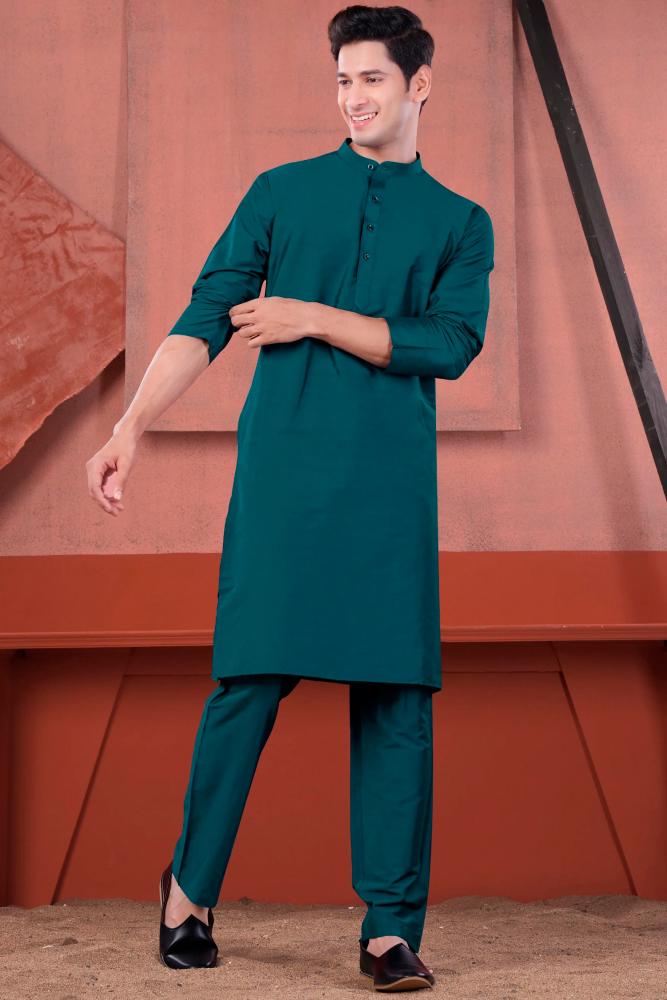
Kurta
While kurta may not be native to Malaysia, they have been gaining popularity in recent times, especially during festive occasions like Raya. With its Persian and Indian roots, the kurta has become a timeless fashion staple for events and ceremonies worldwide.
Traditionally, a kurta features a long knee-length hemline with side slits and a collarless neckline. It may also include pockets on both sides. However, Malaysians have put their own spin on the kurta, adapting its design to modern tastes.
This includes introducing slim-fit variations and experimenting with different necklines, drawing inspiration from traditional Malay attire such as the Teluk Belanga and Cekak Musang styles, or even combining elements of both.
The kurta should not be confused with the jubah (cloak), despite their similar long hemlines. While both garments share certain style elements such as their length, they are distinct types of outfits with their own unique characteristics.
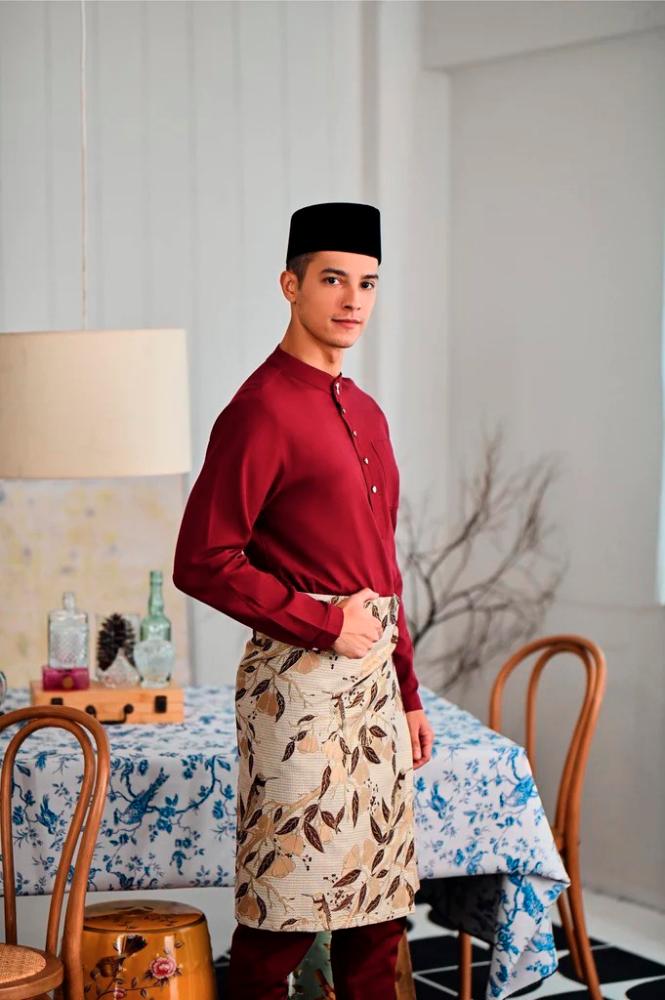
Baju Melayu Modern
Baju Melayu Modern, also known as “slim fit”, is currently trending, especially among the younger generation. This style offers a more streamlined and fitted silhouette compared to traditional Baju Melayu designs. With its sleek and contemporary look, it has become a popular choice for various occasions, reflecting the evolving preferences of modern fashion enthusiasts.
Other than that, the inclusion of pockets in modern Baju Melayu varies depending on the designer or tailor. While traditional versions often feature pockets for practicality, many contemporary renditions opt for a pocketless design to achieve a cleaner aesthetic. Nevertheless, all of these choices come down to personal preference and the boutique or tailor’s discretion.



